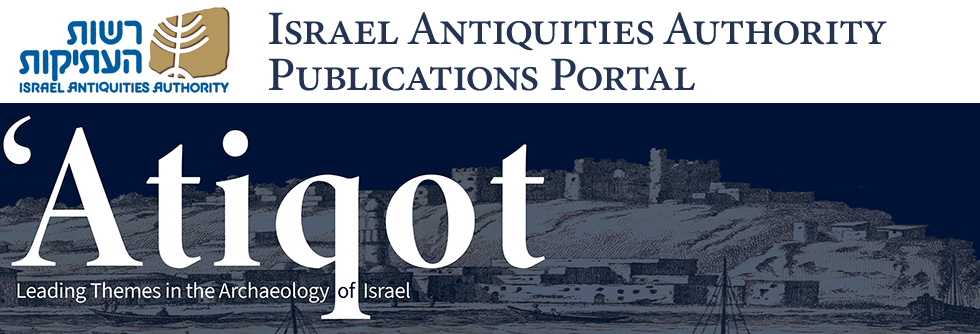Abstract
The excavations on the banks of Nahׅal ‘Anava, Modi‘in, unearthed the remains of a Byzantine (sixth century CE) rural agricultural estate, comprising an olive press installed in a natural cave and an ashlar building, and a later Umayyad-period farmhouse (seventh to mid-eighth centuries CE). The pottery finds reflect three architectural phases: the Byzantine-period construction phase; the collapse of the cave’s ceiling and destruction of the installations; and the Umayyad-period farmhouse.
Keywords
lever-and-screw press, stable, Christianity, ancient road
Recommended Citation
Tendler, Avraham S. and Torge, Hagit
(2022)
"A Byzantine Rural Complex with an Olive Press and an Umayyad Farmhouse on the Banks of Nahׅal ‘Anava, Modi‘in (pp. 199–240),"
'Atiqot: Vol. 107, Article 14.
DOI: https://doi.org/10.70967/2948-040X.1851
Available at:
https://publications.iaa.org.il/atiqot/vol107/iss1/14
Included in
Agriculture Commons, Biblical Studies Commons, History of Art, Architecture, and Archaeology Commons

